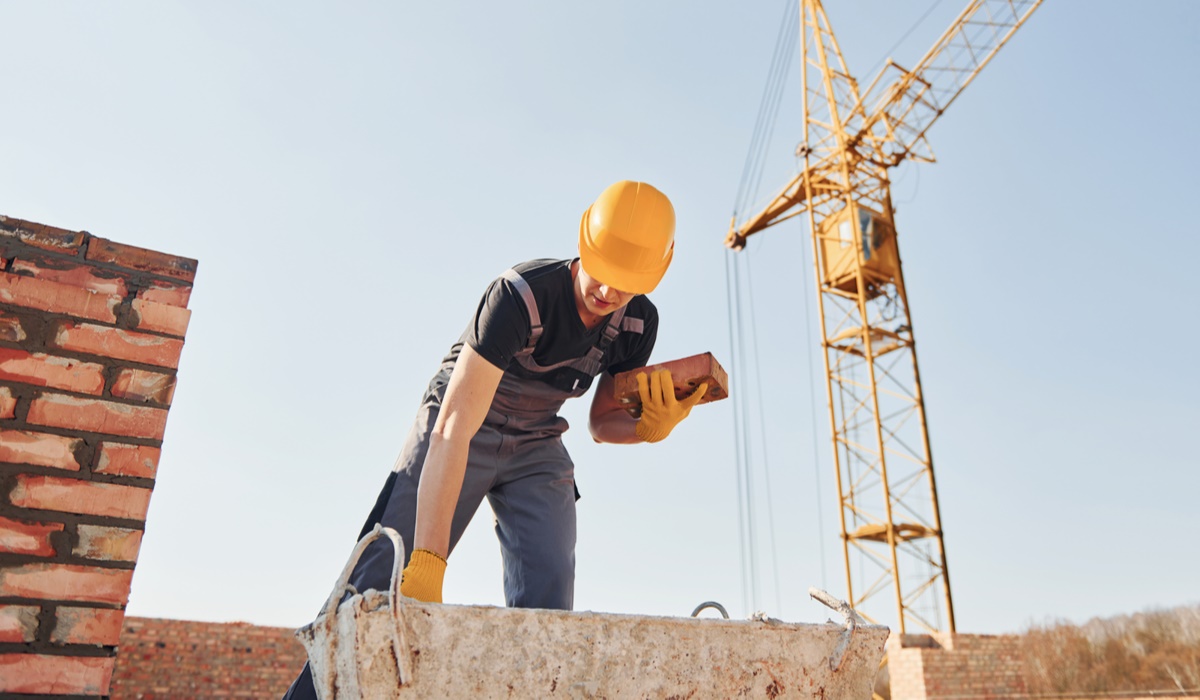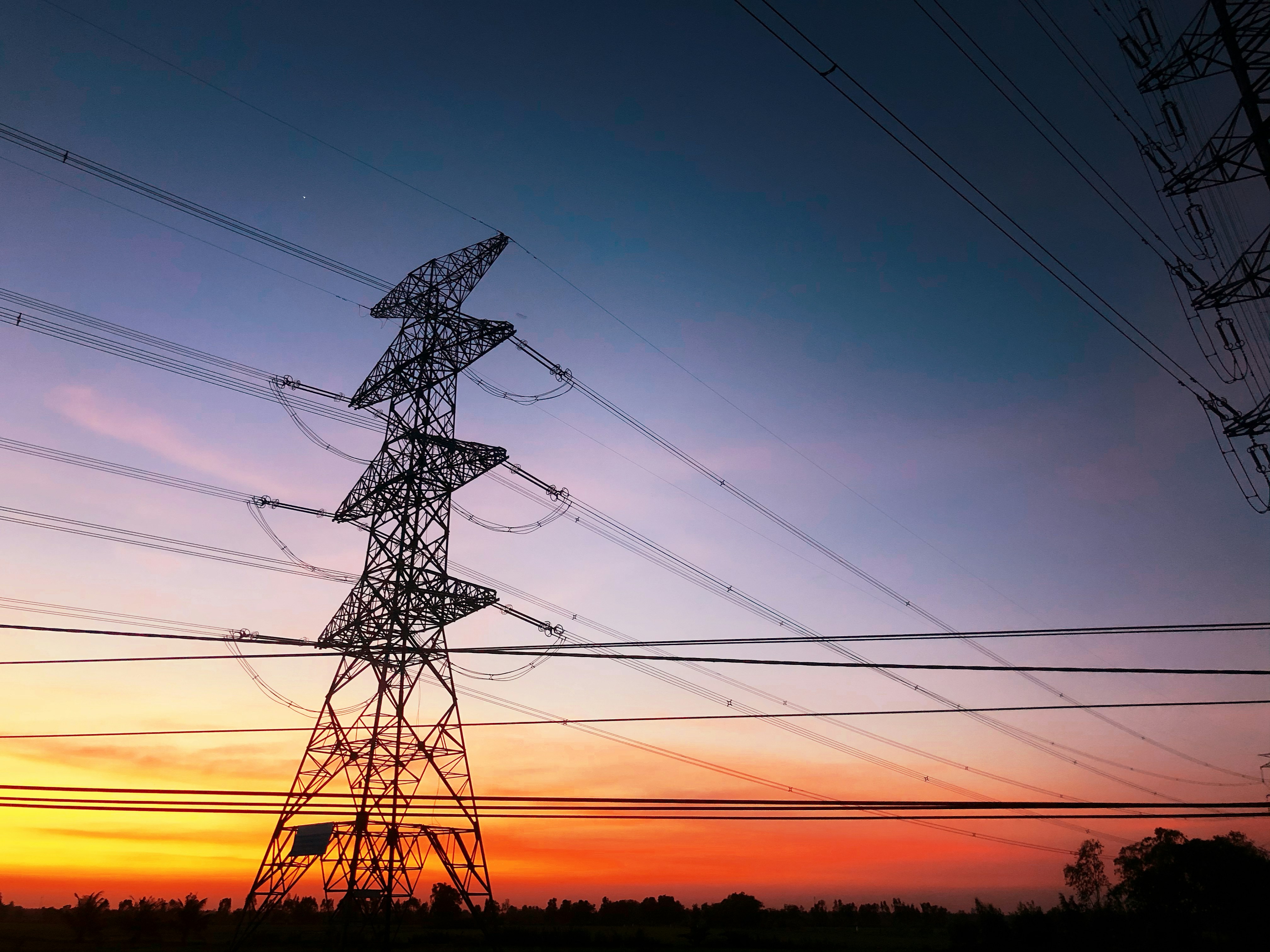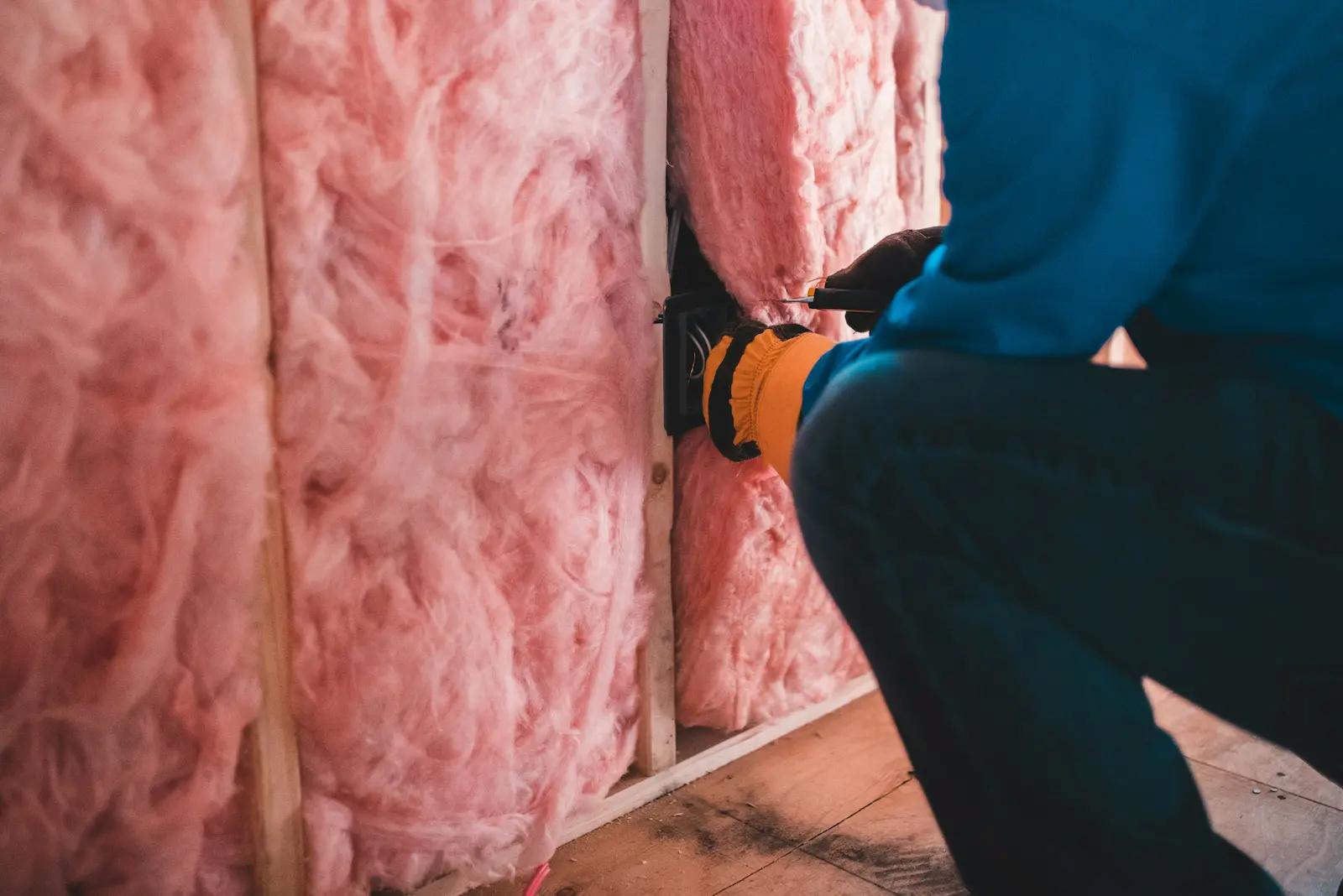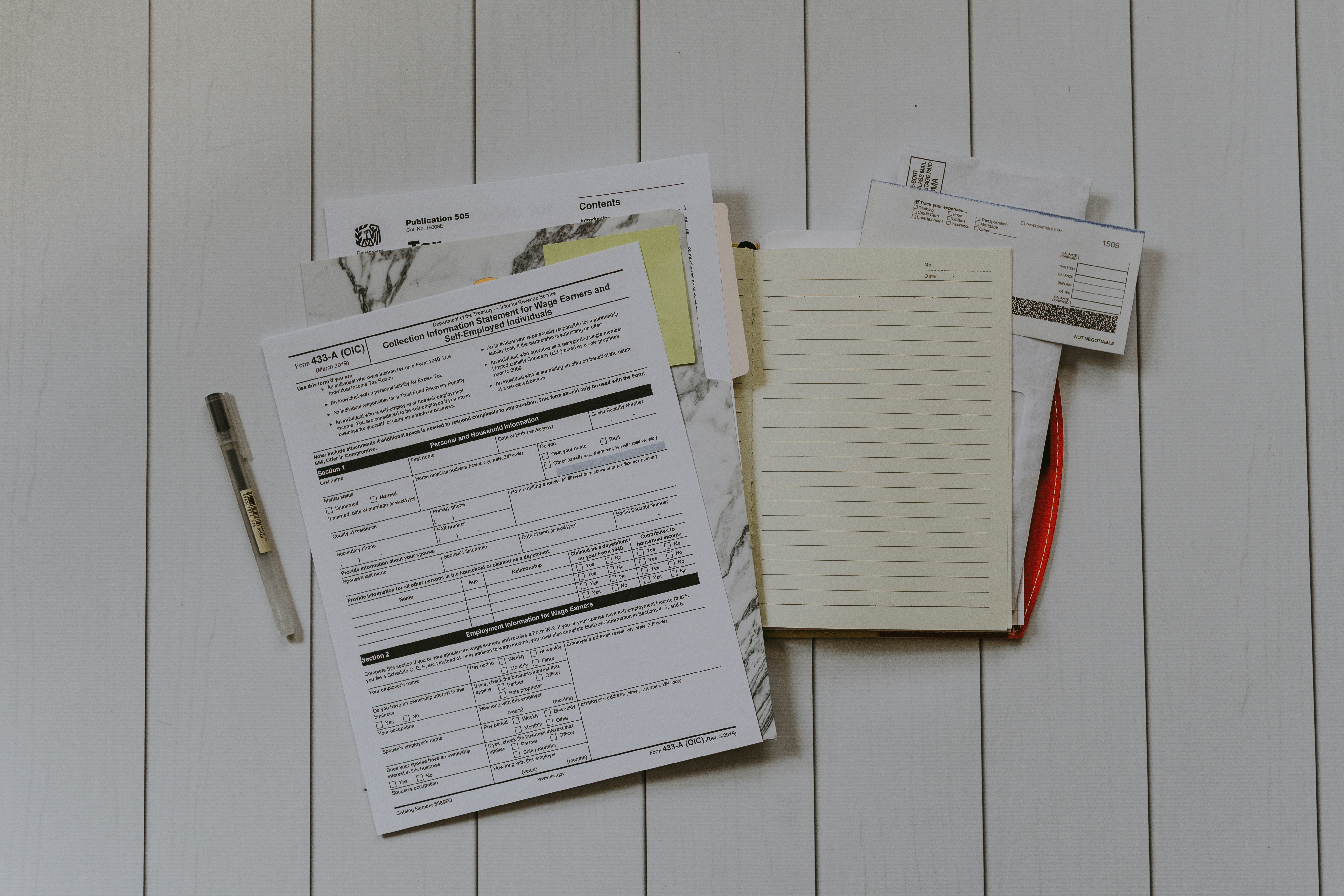Energy Efficiency is Integral to Infrastructure
Let's Save Energy
Alliance to Save Energy's Blog

This week, the Biden administration released details about its much-anticipated infrastructure package. The American Jobs Plan aims to address the critical needs of our nation’s struggling infrastructure – from increasing broadband access, to efficiently using existing infrastructure, to investing in small businesses and disadvantaged communities to revamp our economy. While the final infrastructure package may look different, we know that by including energy efficiency in infrastructure, we achieve a trifecta of benefits, including energy affordability, climate mitigation, and economic opportunity— and the Alliance to Save Energy is committed to working with Congress and the White House to ensure that energy efficiency continues to be prioritized. Here are some efficiency highlights:
Active Efficiency and Broadband Access
Active Efficiency utilizes digital technologies alongside traditional energy efficiency measures to optimize energy use. But our progress on the next generation of efficiency solutions – such as smart devices, distributed energy resources, and building to grid integration – is only as strong as our ability to ensure access for everyone. Fundamental to this is ensuring that every American has highspeed broadband. The American Jobs Plan calls for a $100 billion investment to bring broadband to the 30 million Americans who still lack access. The plan recognizes the stark divide in access for rural and minority communities. While broadband is by no means a fix-all for overcoming the “efficiency divide,” it is step one for realizing the enormous potential for optimizing our energy use with Active Efficiency.
Retrofitting Buildings
The American Jobs Plan highlights the critical need for renovation of not only our public and federal infrastructure, but residential infrastructure as well. It calls for a $40 billion investment in the national public housing system and extending tax credits for affordable rental opportunities, $10 billion for renovating Veterans Administration hospitals and federal facilities, and $100 billion for upgrading our nation’s schools buildings. Retrofitting homes and buildings is a win-win for reducing energy costs and emissions – 40% of U.S. greenhouse gas emissions are from the buildings sector. These savings are especially critical for low-income and minority communities, who experience inequitable levels of energy burden. The Alliance is calling for Congress to pass the Open Back Better Act, which could leverage $20 billion in public funding to draw $80 billion in private investment for renovations to schools, hospitals, community centers, airports, federal facilities, and other buildings to improve safety, efficiency, resilience, and flexibility in responding to disasters and public health crises.
The plan also calls out the role of the Weatherization Assistance Program and expanding home and commercial efficiency tax credits in reducing families’ energy burdens. Expanding tax credits in line with our tax proposals was recently recognized as one of the most high-impact clean energy policies on the table, with the potential to create nearly 600,000 jobs.
Small Business and Increased Equity
Small businesses are key to a strong economy; they make up roughly 44% of U.S. GDP and create two-thirds of new jobs. When the small business sector was hit particularly hard during the economic fallout of COVID-19, the Alliance recognized the need to support “Main Street” and increase equitable access to the unique environmental and economic benefits of energy efficiency with its Small Business Energy Efficiency Grant program. The American Jobs Plan calls for Congress to invest $31 billion in programs that give small businesses access to credit, venture capital, and R&D dollars. It also calls for a $5 billion investment in Rural Partnership Program to boost economic development in rural and Tribal regions.
President Biden clearly understands that efficiency should be at the nexus of solutions as we build back from COVID-19 and toward the buildings, homes, technology, and jobs of the future. The Alliance looks forward to working with the administration and Congress to ensure that energy efficiency is a driving force in any federal infrastructure plans this year.
For additional information on Alliance priorities as we work with Congress and the administration on infrastructure, read the Alliance's press statement on the American Jobs Plan.
RECENT BLOG POSTS
STAY EMPOWERED
Help the Alliance advocate for policies to use energy more efficiently – supporting job creation, reduced emissions, and lower costs. Contact your member of Congress.
Energy efficiency is smart, nonpartisan, and practical. So are we. Our strength comes from an unparalleled group of Alliance Associates working collaboratively under the Alliance umbrella to pave the way for energy efficiency gains.
The power of efficiency is in your hands. Supporting the Alliance means supporting a vision for using energy more productively to achieve economic growth, a cleaner environment, and greater energy security, affordability, and reliability.



